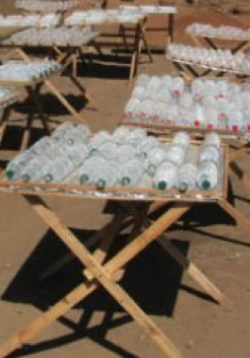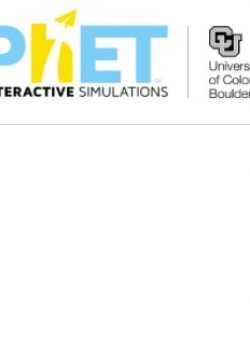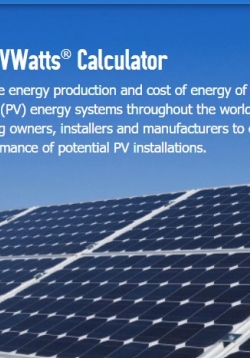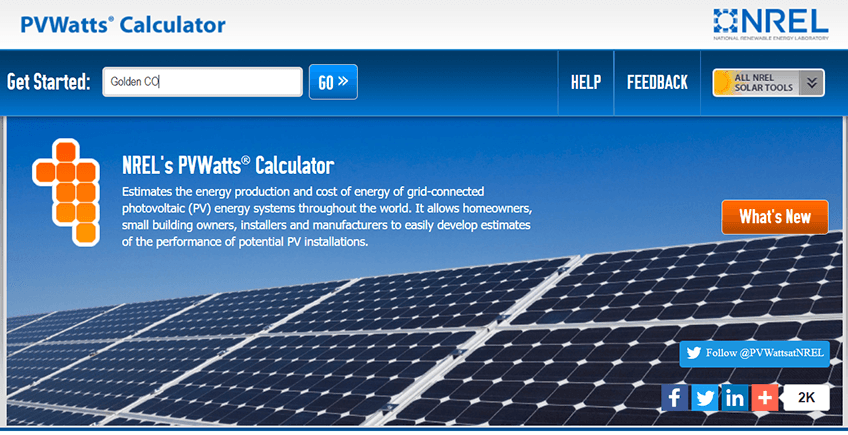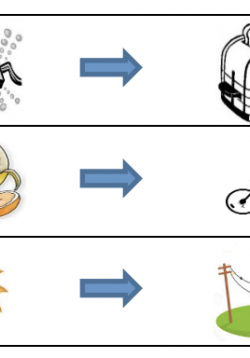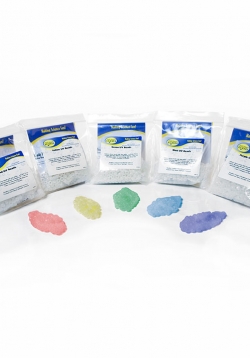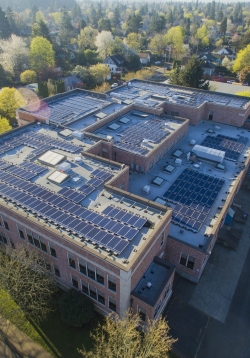Solar and SODIS: Creating Clean Water for the World
According to Nobel Laureate Richard Smalley, the number one and two challenges for humanity are energy and clean water. This classroom activity will introduce students to a low cost, renewable technique that connects these two issues. During the activity,...

